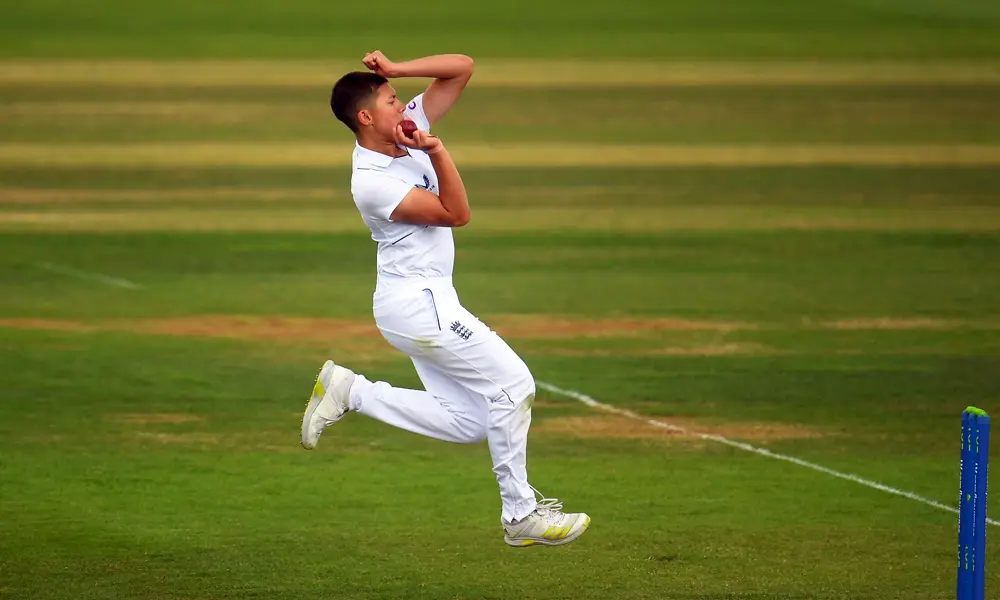Fast Bowling: The Science Behind Bowling at Speeds Over 90 mph

In the realm of cricket, few spectacles capture the imagination quite like a fast bowler steaming in and hurling a ball at speeds exceeding 90 miles per hour (mph). It's a display of raw power, skill, and a deep understanding of biomechanics that sets these athletes apart in the world of sports.
The Anatomy of Speed
Fast bowling isn't just about sheer strength; it's a complex interplay of biomechanics and physics. The journey to bowling at over 90 mph begins with the run-up. A fast bowler's approach is meticulously calibrated to build momentum and transfer kinetic energy from their body to the ball. Each step is a carefully orchestrated push-off, generating the initial burst of speed.
As the bowler reaches the delivery stride, their body undergoes a series of rapid movements aimed at maximizing ball velocity. The front leg braces against the ground, while the trunk and shoulders rotate explosively. This rotational movement initiates the transfer of energy from the core to the arm, culminating in the whip-like action of the bowling arm.
The Role of Biomechanics
Biomechanics plays a pivotal role in achieving high bowling speeds. The alignment of joints, muscle recruitment patterns, and timing of movements are all optimized to maximize the speed of the ball release. Fast bowlers often undergo extensive biomechanical analysis to refine their technique, identifying areas for improvement in efficiency and power generation.
The Mechanics of Bowling Action
The bowling action itself is a symphony of coordinated movements. The non-bowling arm acts as a counterbalance, helping to maintain balance and control during the high-speed delivery. The wrist, crucially, imparts spin and stability to the ball, influencing its trajectory after release. The seam position, grip, and release point are all finely tuned to achieve the desired movement through the air and off the pitch.
Training and Conditioning
Achieving and sustaining the ability to bowl at such high speeds requires rigorous training and conditioning. Strength training focuses on building explosive power in the legs, core, and upper body. Flexibility and mobility exercises ensure the bowler can achieve optimal body positions during the delivery stride. Endurance training enables bowlers to maintain their pace throughout long spells, crucial in test matches where consistency over multiple overs is paramount.
The Mental Game
Beyond the physical aspects, fast bowling at elite levels is also a mental challenge. Bowlers must possess unwavering focus, channeling adrenaline into controlled aggression. The ability to read batsmen, anticipate their movements, and adapt tactics accordingly is as important as raw speed.
Conclusion
Bowling at speeds exceeding 90 mph is a testament to human athleticism and scientific precision. It embodies the fusion of biomechanics, physics, and sheer determination required to excel in cricket's most demanding discipline. As spectators, we marvel at the spectacle of a fast bowler in full flight, understanding that behind each thunderous delivery lies years of dedication, training, and a profound understanding of the science of fast bowling.
In cricket, as in any sport, the pursuit of excellence is a journey of continuous refinement. As technology and sports science continue to evolve, so too will the boundaries of what is possible in fast bowling. Yet, at its core, the essence of bowling at over 90 mph will always remain a captivating blend of artistry and science, pushing the limits of human potential with every delivery.

